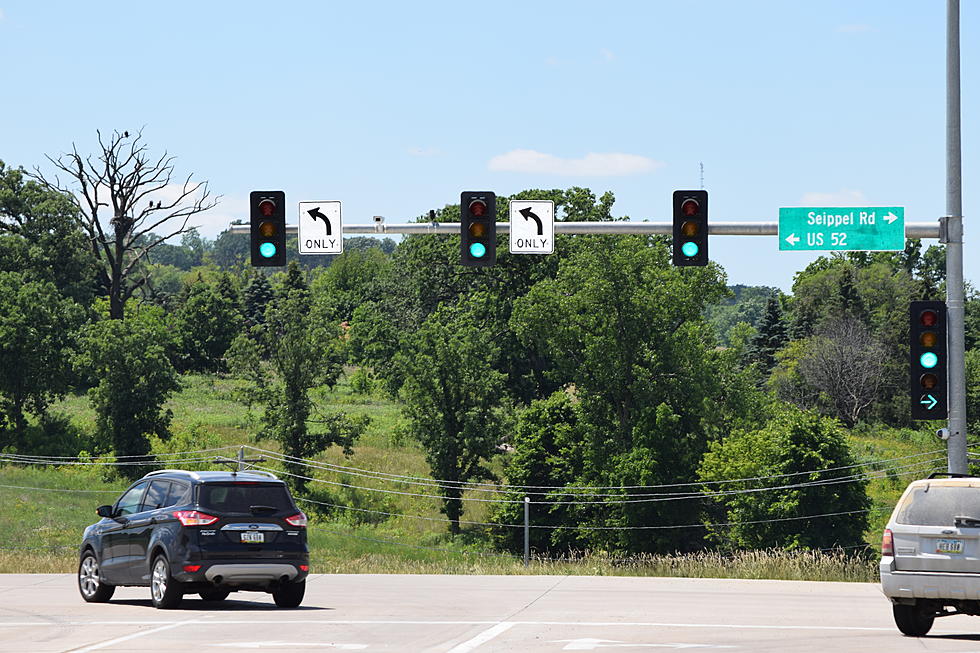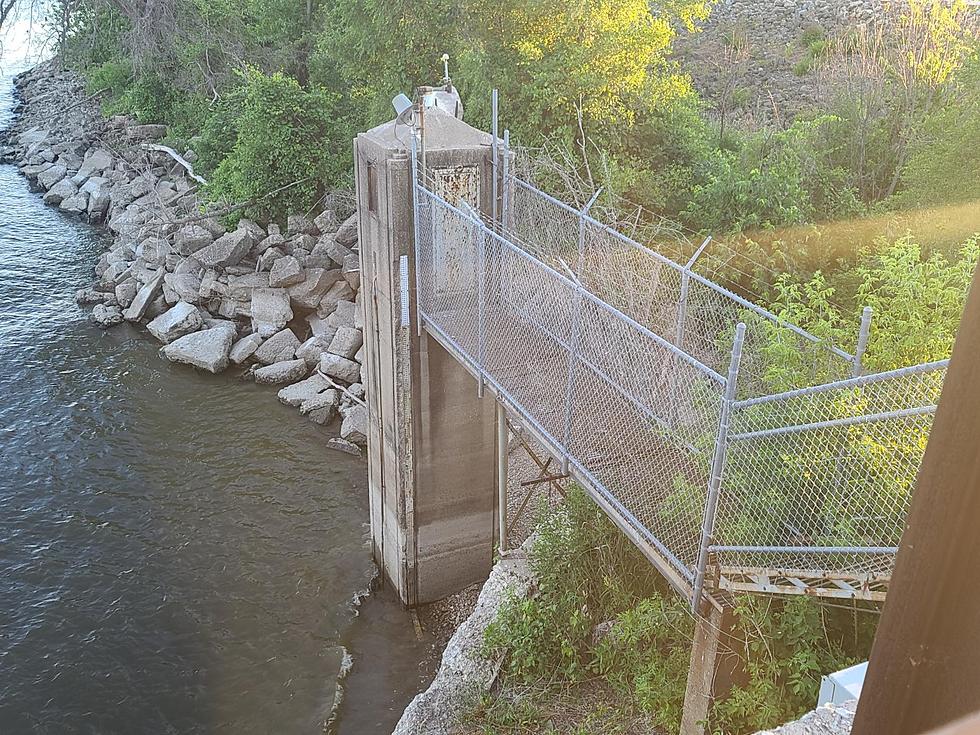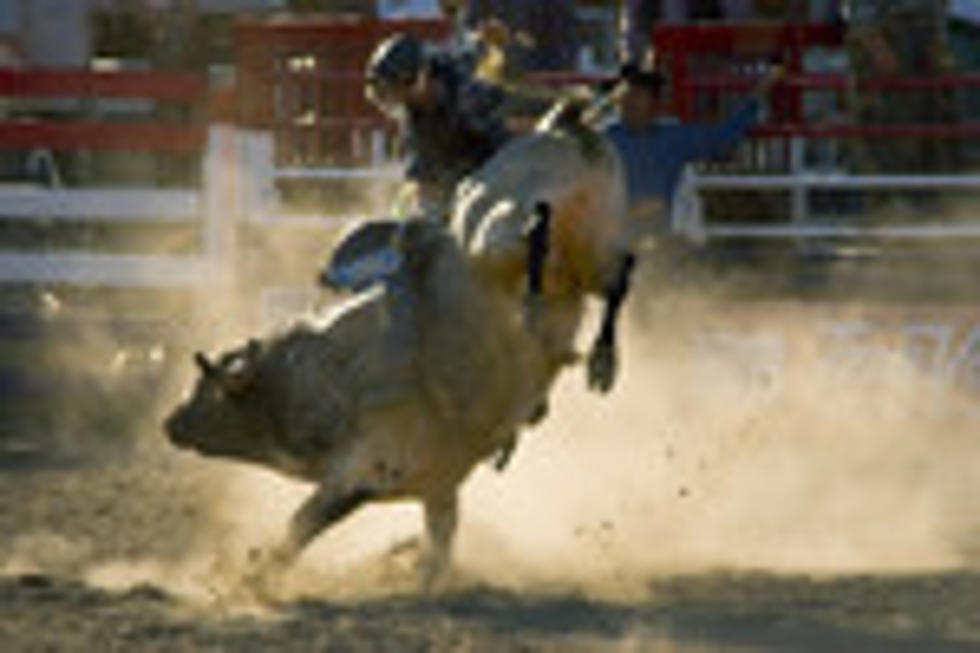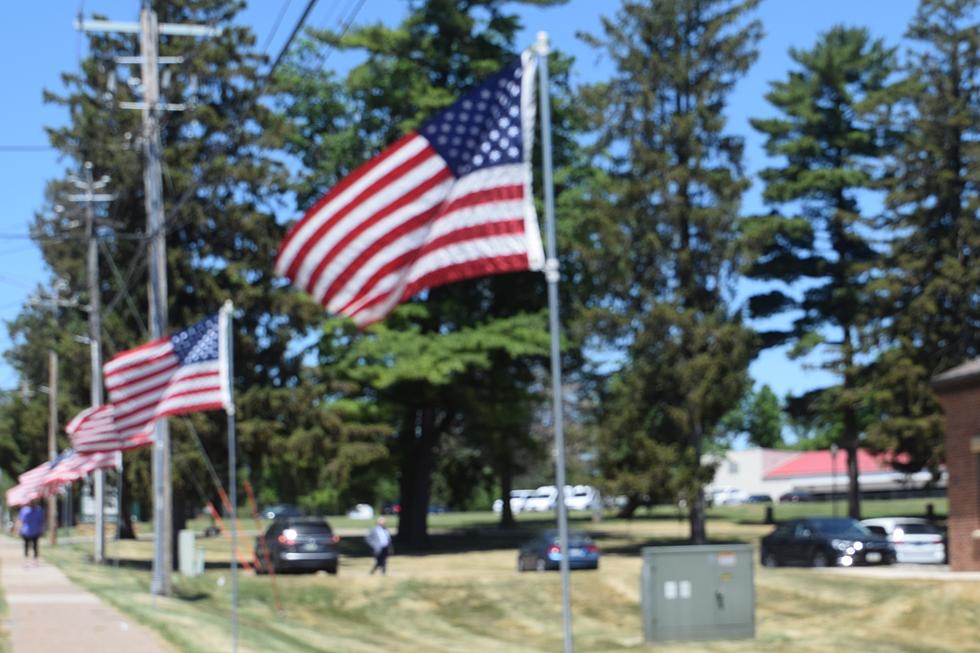
American Bald Eagles Watch Over Dubuque
The American Bald Eagles who nest in this tree near the US 20 SW Arterial interchange in Dubuque haven't let the various construction projects in the area move them out of their nest. Bald Eagles build the largest tree nests of any animal known on earth. As eagles continue to add to their nests each year, some have been recorded well in excess of a ton.
These beautiful birds don't normally get their full colors until they reach age four or five. Immature eagles are brown with white streaks. Males and females are virtually identical, although adult females are often around 25 percent larger than males.
American Bald Eagles are opportunistic feeders, with a very broad diet. Scavenging for fish and "road-killed" animals are common practice
American Bald Eagles - Dubuque, IA
Widespread use of the insecticide DDT and other human-driven factors brought our national symbol near extinction. According to the US Fish & Wildlife Service, in 1963 there were only 487 nesting pairs of eagles left. Regulations limiting DDT brought about a strong, still-ongoing recovery. The sustainable or "normal" number of American Bald Eagles is something of a mystery. Counts weren't taken in ernest until the birds had already been in decline, so how many eagles we should expect in a given part of the U.S. isn't really known. The eagle's status in the 48 contiguous United States was changed from "endangered" to "threatened" in 1995, then in 1999, the "threatened" status was removed.
WATCH OUT: These are the deadliest animals in the world
More From 103.3 WJOD







![Luke Combs Debuts an Unreleased Song, ‘Good Ol’ Days,’ Onstage at Carolina County Music Fest [Watch]](http://townsquare.media/site/204/files/2021/06/attachment-LukeCombs-2.jpg?w=980&q=75)

